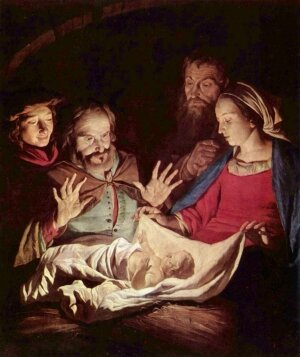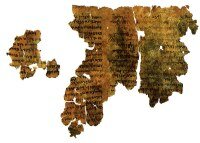
Virtue (Latin virtus; Greek ἀρετή) is moral excellence. Personal virtues are characteristics valued as promoting individual and collective well-being, and thus good by definition. The opposite of virtue is vice.
Etymologically the word virtue (Latin virtus) first signified manliness or courage. In its widest sense, virtue refers to excellence, just as vice, its contrary, denotes its absence. The term as used by moral philosophers and theologians signifies an operative habit essentially good, in contrast to an operative habit essentially evil. What are traditionally known as the four cardinal virtues, enumerated by the classical Greek philosophers have been translated into English as Justice, Courage, Wisdom, and Moderation. The three virtues of faith, hope and love (or charity) are central aspects of the of the Judaic, Christian and Muslim traditions.
Virtue may also be identified from another perspective: it can have either normative or moral value; i.e. the virtue of a judge is to justly convict criminals; the virtue of an excellent judge is to specialise in justly convicting criminals, this being its normative value, whereas the virtues of reason, prudence, chastity, etc. have moral value.
In classical Greek, virtue is more properly called ἠθικὴ ἀρετή (ēthikē aretē), or "habitual excellence", something practiced at all times. The virtue of perseverance is itself a necessary adjunct to each and every individual virtue, since, overall, virtue is a species of habit which, in order to maintain oneself in virtue, needs to be continuously sustained. Self-proclaimed immoralist Friedrich Wilhelm Nietzsche, however, expressed the view that "when virtue has slept, it will arise all the more vigorous."
 Isaiah (יְשַׁעְיָהוּ Heb.: Jessaiahu "Salvation of/is the Lord" or "Yahweh Saves") was the son of Amoz, and commonly considered the author of the Book of Isaiah.
Isaiah (יְשַׁעְיָהוּ Heb.: Jessaiahu "Salvation of/is the Lord" or "Yahweh Saves") was the son of Amoz, and commonly considered the author of the Book of Isaiah.




















